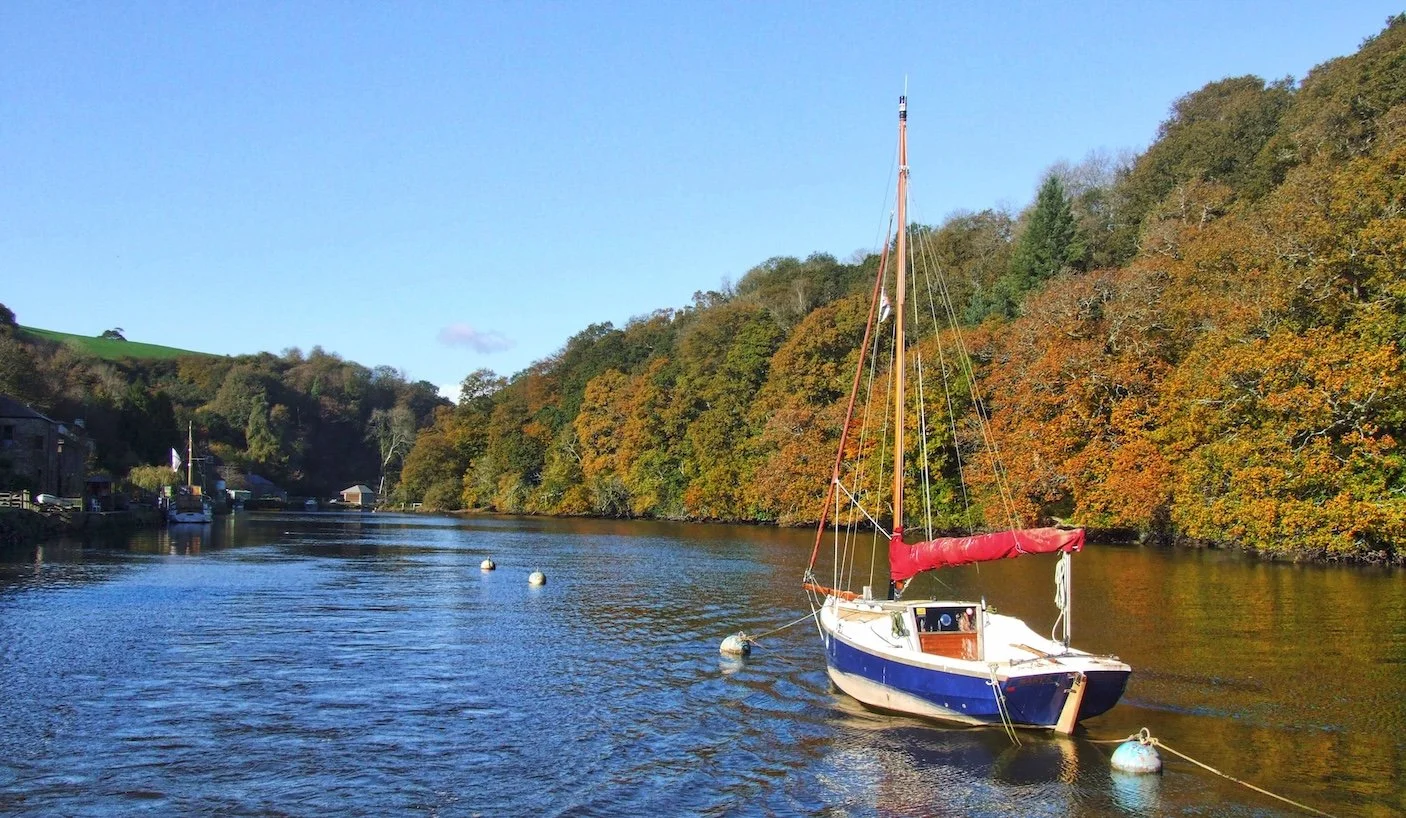Lost in Ortigia: A Brief Encounter with Syracuse’s UNESCO Charm
Ortigia: Where Greek History Meets Baroque Splendour
Syracuse (Siracusa in Italian), on Sicily’s eastern coast, has a history that rivals just about any other old port in the Mediterranean. Once described by Cicero as "the greatest Greek city and the most beautiful of them all," its true nucleus remains the tiny, altogether captivating, island of Ortigia.
Where Syracuse meets the island of Ortigia
Connected to the mainland by a couple of short bridges, this island is a UNESCO World Heritage site, and for very good reason.
One of the bridges to the island of Ortigia
Within its one square kilometre, Ortigia really does present an almost unparalleled architectural timeline. Endless cobblestone streets, known locally as vicoli, twist past remnants of Greek temples—most notably the Temple of Apollo, the oldest Doric stone temple in Sicily—before opening suddenly into grand Baroque piazzas.
Piazza Duomo
The spectacular Piazza Duomo, for instance, is built on the ancient acropolis, with the dazzling Cathedral incorporating the original Doric columns of a 5th-century BC Temple of Athena right into its structure. This sheer density of history makes every turn a kind of educational adventure—especially if you don’t happen to have a map, which was the case when we visited recently after calling in on the superb Sea Cloud Spirit while on a voyage around Sicily.
A Journalist’s Peril: Navigating the Labyrinth of Vicoli
The density of the architecture is part of Ortigia’s undeniable allure, yet it’s not without its pitfalls for the uninitiated and indeed, the briefly-distracted. While I often praise myself for a sense of direction honed by years of globetrotting, I’ll admit that the tightly-packed, shade-drenched alleyways of the former Jewish quarter, La Giudecca, did prove a match for my navigational prowess.
It was here, amidst the myriad of golden stone walls and hanging laundry, that I momentarily lost my bearings—and, more accurately, my travel companion. A brief pause to purchase a couple of bags of salted caper-berries meant that I became absolutely lost when trying to find my wife.
For a worrying hour or more, we played a high-stakes game of Sicilian hide-and-seek, the narrow streets acting as an effective, if unintentional, maze. Thank god we found one another in the end - before the Sea Cloud moved off for a final leg to Malta. But it just shows how easily one can become consumed and confused by the island’s intimate, confusing beauty.
A Moment of Bliss: Sicilian Street Indulgence
For all the history - and the momentary sense of panic - the simple pleasures of Ortigia are what a traveller will take home from this south eastern corner of Sicily. After strolling along the bustling waterfront of the Foro Italico, or perhaps near the famed Fonte Aretusa (a freshwater spring tied to Greek mythology), the opportunity for a quick and delicious indulgence presented itself.
Fonte Aretusa freshwater spring tied to Greek mythology
A street vendor offered three freshly shucked oysters with a glass of chilled local dry white wine. Paired with a chilled glass of local spumante (Italian sparkling wine), the crisp, salty burst of the oyster was elevated by the dry, fizzy effervescence of the wine. It was a brief but perfect, street-side moment - one that required no reservation-only restaurant, simply an appreciation for quality and local fare.
Conclusion: Ortigia is a destination that rewards both the diligent historian and the casual wanderer. Its layers of civilisation are visible on every corner, from the temples of the past to the street vendors of the present.
Walk around its sun-drenched paths, but perhaps hold your companion's hand—those vicoli are more effective than any ancient wall in keeping secrets, or, indeed, hiding the temporary separation of loved ones.
Key Takeaways
Must-See Site: Piazza Duomo & the Cathedral (incorporating the Temple of Athena).
Mythology Fix: The Fountain of Arethusa (Fonte Aretusa), a freshwater spring on the seafront.
The Vibe: A labyrinth of Baroque, medieval, and ancient Greek structures on a small island.
Food Tip: Look for street vendors near the market for fresh seafood and local Sicilian wine


















